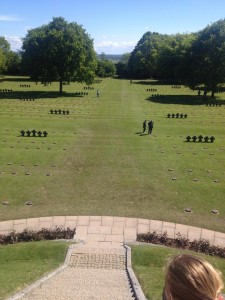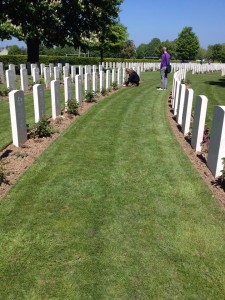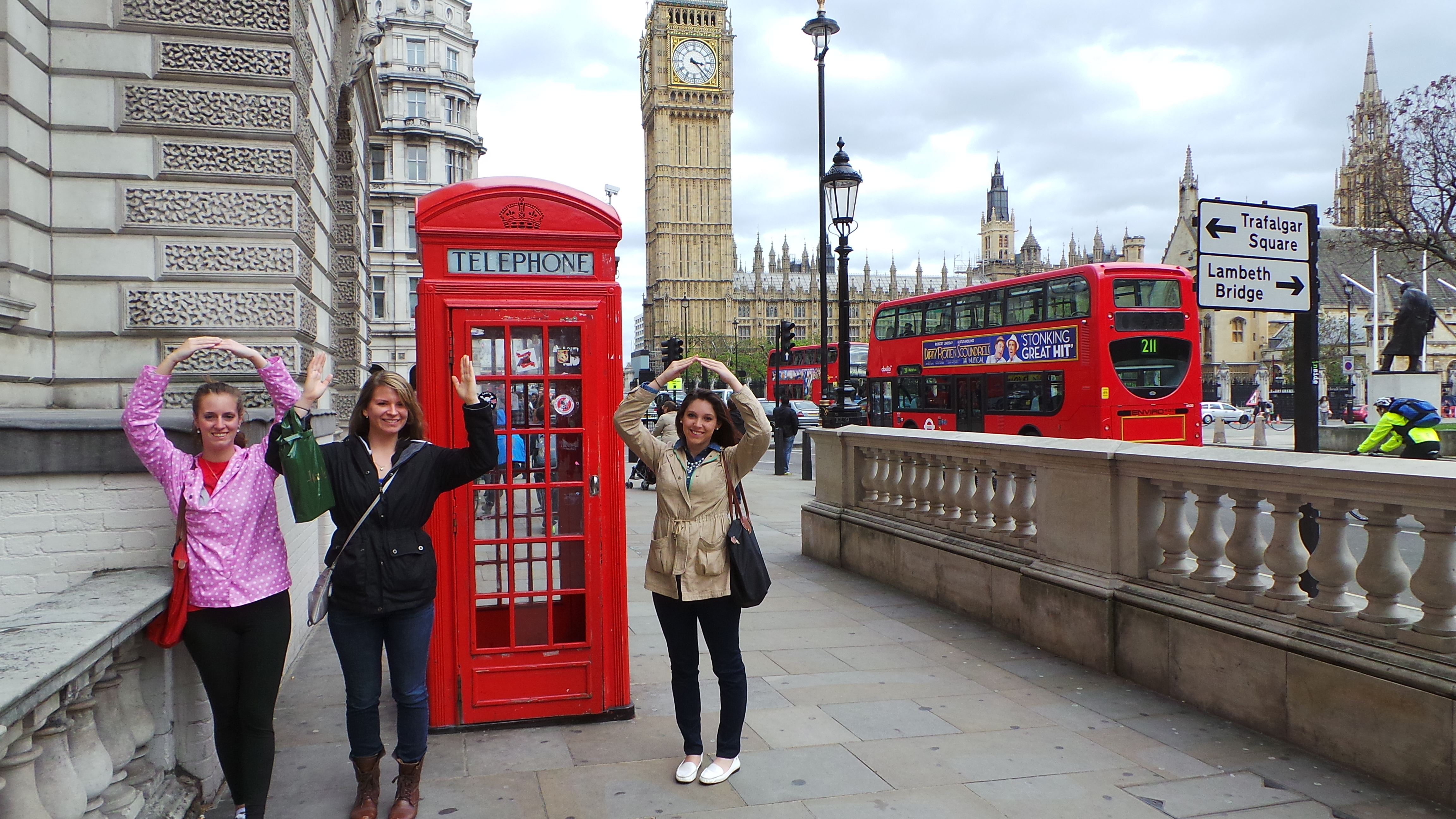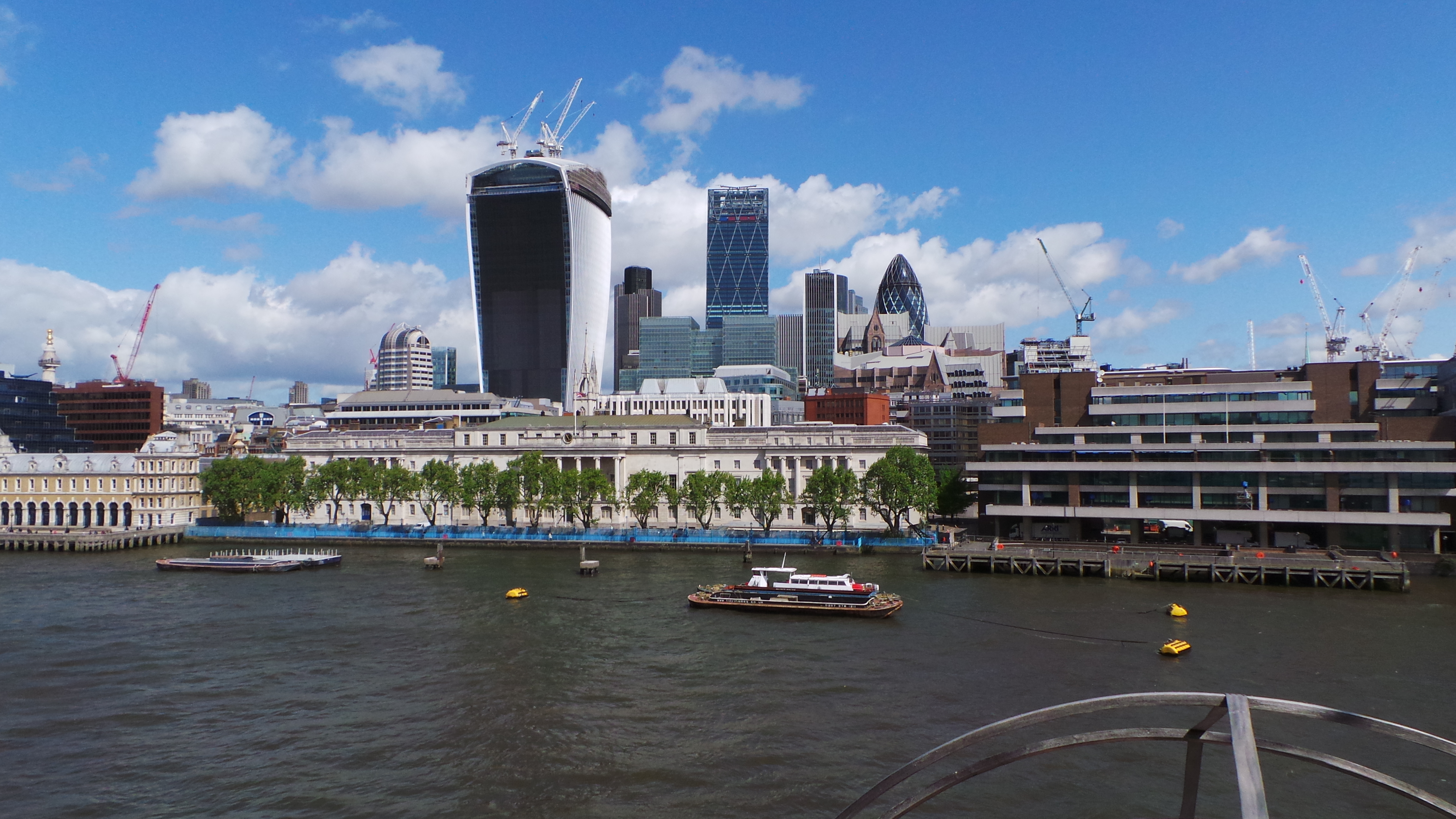This past semester, in addition to learning about military tactics and wartime policies, I became well-versed in the Nazi ideology of racial cleansing, sterilization and euthanasia. The previous three areas that we have explored, London, Normandy and Paris were full of museums that talked about the region’s involvement in the Second World War and did not provide a well-rounded view of the war. They displayed a one-sided view of the war in my opinion and focused on shifting blame to somewhere other than themselves. The exhibits in Berlin have portrayed every aspect of the war in its entirety, including the subject closest to my heart: the Aktion T4 program and the events leading up to and after it.
There are four times now that I have seen the 1933 Law for Prevention of Offspring with Hereditary Diseases and the 1939 Signed Letter ordering the commencement of the Aktion T4 program in the foreground of displays of WWII. At the German History Museum, there was a large section about racial cleansing. I was finally able to learn the literal translation of a piece of famous Nazi propaganda that depicted a man with a disability who cost the state 60,000 Reichmarks and, according to the media, should not be supported and was only a burden. The section there also talked about the six killing centers that were part of the Aktion T4 program and although it glanced over the mechanisms used at them, the exhibit on the ideology was pretty comprehensive. The second time I was impressed by the material presented on my topic was at the Topography of Terrors museum. There was a temporary exhibit dedicated to the subject which was so well put together and displayed in an easy to comprehend manner. It was amazing to see basically my entire research paper from the past semester on display. They also focused a lot on the trials after the war, a subject that I did not focus on. It was interesting to learn about and the exhibit closed with testimonies from people talking about their thoughts and reactions about the program today.

Propaganda poster stating that the person pictured who has a disability cost the state 60,000 Reichmarks and is nothing but a burden.
The third time was during a group walking tour through Berlin where we happened to be walking by the Berlin Philharmonic building. This location is the site of the original administrative center for the Aktion T4 program, and there is a long standing memorial near the philharmonic building. There also happened to be an open air, temporary exhibit that outlined the details and events. Another well-conceived exhibit in Berlin, I was elated and impressed.
Finally, at the Wannsee Conference house there was a continuum of information describing the events leading up to the war. Our tour guide took special note to stop by the euthanasia section and read Hitler’s Signed Letter of 1939 to the group. This letter created on 1 October and backdated to 1 September (to imply war related rationale) was the only written order for mass murder throughout the entire war. He also stressed the point that the euthanasia and Aktion T4 program were absolutely necessary for the Final Solution to be carried out. They provided SS officers with training methods on how to kill people and gave “practice” to those in power.

Grey busses used to transport patients from hospitals and asylums to killing centers as part of the Aktion T4 euthanasia program.
Overall, I was highly impressed with Berlin’s portrayal of the crucial events directed towards people with disabilities that took place alongside the mass murder of other populations.









